By Rabbi Yair Hoffman
A Yeshiva is looking to build. They have the property. They have the plans. They are securing the funding. And now they wish to hire a lumberjack to chop down the tree.
The problem?
A tree. A fruit-bearing tree – to be precise. Not that this little tree is preventing them from moving forward, but at least it is a halachic issue that should be addressed.
The prohibition of chopping down a fruit tree is called Bal Tashchis (Dvarim 20:19)- and it is discussed in the tractate Bava Kamma (91a). Indeed, the Gemorah tells us that there is also a danger associated in cutting down a fruit tree.
At first glance the prohibition seems to be music to the ears of environmentalists. Here is a seemingly made-to-order Torah prohibition against the developers! What could be better?
A look at the Poskim, however, may yield slightly different conclusions. Clearly, there are some exemptions, or heterim. These heterim may not necessarily be universally acceptable and it may be that they can only be combined with other ways of mitigating the prohibition. The rationale for these exemptions lies in the fact that the action is not considered “destructive” in nature, and therefore does not fit the parameters of the prohibition in Dvarim. Let’s explore a few of these exemptions that are found in the Poskim.
OLD AND WORN OUT
The Rambam tells us (Malachim 6:9) that if the fruit tree is old and is producing very little fruit to the point that it is no longer economical to harvest it – one may chop it down. Nowadays, a regular homeowner is simply not equipped to spray and care for older trees. As a consequence the fruits produced by older trees are small, diseased and often severely damaged by insects. If a tree has reached an age when these factors are true and pruning the tree would no longer address the issue, the Rambam would permit cutting it down. It is preferable, however, to do it through a gentile rather than the Jew himself (Shaivet HaLevi Vol. II #47).
GREATER LAND VALUE
Another exemption that might apply to our Yeshiva in question deals with economic issues. Even if the tree is producing adequate fruits, if the value of the land is clearly in excess of the value of the fruit tree on the land – then it would be permissible to uproot the tree as well according to the Chsam Sopher (YD 102). The reason why it may not necessarily apply to the case of the Yeshiva is that perhaps it is not clear that land value as a home is less than a commercial building. The Chsam Sopher is clear that if the land value with the tree surpasses the value of the land with the improvement – then the prohibition still applies.
Our society is blessed with land developers who do this for a living. Some take an existing building with land, knock it down and build tracts of homes with yards. Others take it the other way – where they combine a few houses, knock them down and put up a building. In the case of our Yeshiva – it may not be clear which way yields the greatest market value.
JUST NEEDING THE PROPERTY
A third exemption is a bit more controversial. The Rosh, Rabbi Asher Ben Yechiel, writes (also Bava Kamma 8:15) that even if the value of the future developed land will not be greater than the unimproved land leaving the fruit tree on it, it would still be permitted if the person requires the land for his use. The TaZ (YD 116:6) rules in accordance with this Rosh and thus permits someone to chop down a tree in order to build his house on it.
The TaZ’s Chevrusa, Rabbi Menachem Mendel Krochmal of Cracow, Poland, was also a student of the Bach – just like his study partner the TaZ. In his responsa, the Tzemach Tzedek (the original one), he disagrees with his former study partner and proves from a Tosfos in Bava Basra that the Rosh’s view is not correct.
THROUGH A GENTILE
We know that in regard to Shabbos violations – one may not instruct a gentile to do something for you. This is known as the prohibition of Amirah LeAkum. Does this prohibition apply to other prohibitions as well? Generally speaking we are machmir, stringent in these matters, which is why we do not allow a gentile barber to cut off our sideburns or to use a razor on on our beards. It should be known, however, that this too is a debate. Rabbi Yaakov Ettlinger the Rebbe of Rabbi Samson Rafael Hirsch (Responsa Binyan Tzion #61) recommends that when a tree is destroyed it should be done through a gentile. This position is found in the Pischei Teshuva too. Other Poskim, however, disagree with this leniency and say that it is still considered a Grama (See Erech Shai, e.g.)- an indirect cause – which is forbidden.
TREE-ECTOMY TRANSPLANT
Another leniency that is mentioned by Rabbi Yaakov Emden (Sheilas Yaavetz Vol. I #76) involves the complete removal of the tree along with the nourishing dirt and replanting it elsewhere. The Chsam Sopher (YD 120), however, does not allow use of this rationale alone – but only in combination with one of the other leniencies cited earlier.
The issue as to whether one may rely upon this leniency may depend on the fact that not every time that a tree is transplanted does it necessarily take. Indeed, a prominent Hatzolha member in far Rockaway has no less than ten dead trees out of forty or so, where the re-planting had failed. This may be a case of safaik issur – a possible prohibition, of which there is a debate whether it is prohibited biblically or rabbinically.
FOR A MITZVAH
The Shiltei Gibborim, in his commentary on tractate Avodah Zarah (81a), writes that there is no prohibition in destroying a fruit tree if one is doing so for the purpose of a Mitzvah. This is cited in the Beer Chanoch, by Rav Chanoch Peterkofsky. He further states that we find such a concept in Tosfos Bava Metzia (32b) regarding giving honor to a king where the prohibition of destroying a fruit tree is set aside. The Shaivet haLevi (Vol. II #46), Rav Shmuel HaLevi Vosner, writes explicitly that one may destroy a tree in order to build a Yeshiva. He explains that this is even permitted according to the reason of the Arizal who states that there are souls that have been incarnated into fruit trees in order to receive merits. Rav Vosner explains that the souls receive nachas by virtue of the fact that their place has now been used for an expansion of holiness.
It is clear, however, that since this exemption is not mentioned by the other Poskim – that they disagree with the leniency of the Shiltei Gibborim.
DO THE EXEMPTIONS COVER THE DANGER TOO?
It is also not clear if the exemptions relieve a person of the dangers associated with destroying the tree as well as the prohibition, or whether the exemptions just cover the prohibition itself. This too is a debate. Rabbi Yaakov Emden (Sheilas Yaavetz Vol. I #76) writes that the danger associated with such an action still exists even when the prohibition has been removed because of the exemption. The Darchei Teshuvah (YD 116:51), however, cites numerous authorities who disagree with the Yaavetz. Nonetheless, better safe than sorry, so the Poskim do recommend that one either do it through a gentile or perform a complete tree-ectomy – and transplant that tree with all the nourishing soil to other property.
CONCLUSIONS
Rav Chaim Epstein, a Rosh Yeshiva in Brooklyn and a Talmid of Rav Aharon Kotler zatzal had an opportunity to expand his Yeshiva but refused to do so because of the existence of a fruit tree. Rabbi Yaakov Bender, SHlita, his brother-in-lawm related to this author that Rav Epstein did not wish to rely upon the leniency. In all probability, he was concerned about the Yaavetz’s view that the danger still exists.
So what should the Yeshiva do?
If the removal of the tree is absolutely necessary for the building, it should be replanted by a gentile elsewhere. It is perhaps even more preferable to conduct a sale of the land similar to one that is done for Pesach, and have the gentile perform the action while a gentile owns the land. The sale could be for a value much much higher than the value of the land since there is no problem of Onaah – overpricing regarding land. Only a small down payment has to be given by the gentile. (Be very careful, however, because at times the lumberjack that is hired may be Jewish.)
This way, utilizing the replanting of the tree elsewhere, doing it through a gentile, and having the actual land owned by a gentile, one avoids the prohibition in three different ways.
It should be noted that there are no limitations as to where the tree can be replanted.
The author can be reached at [email protected]

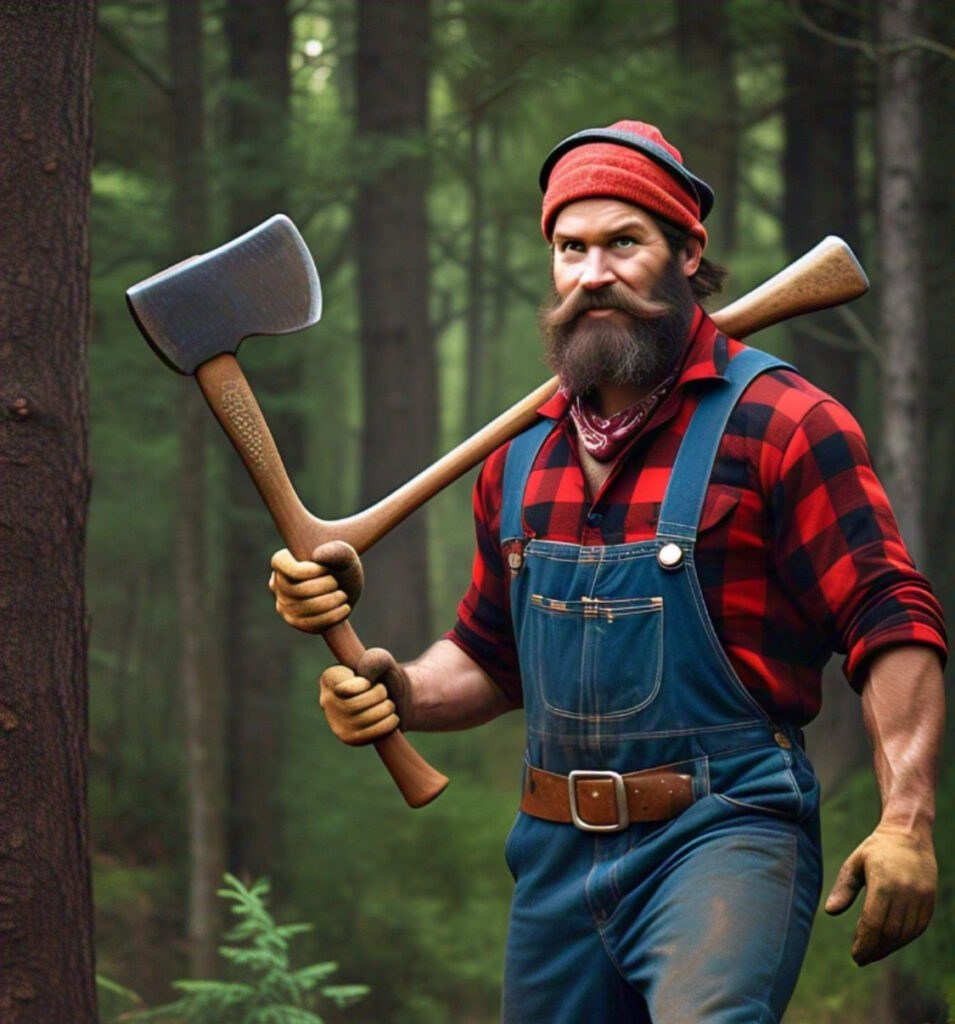
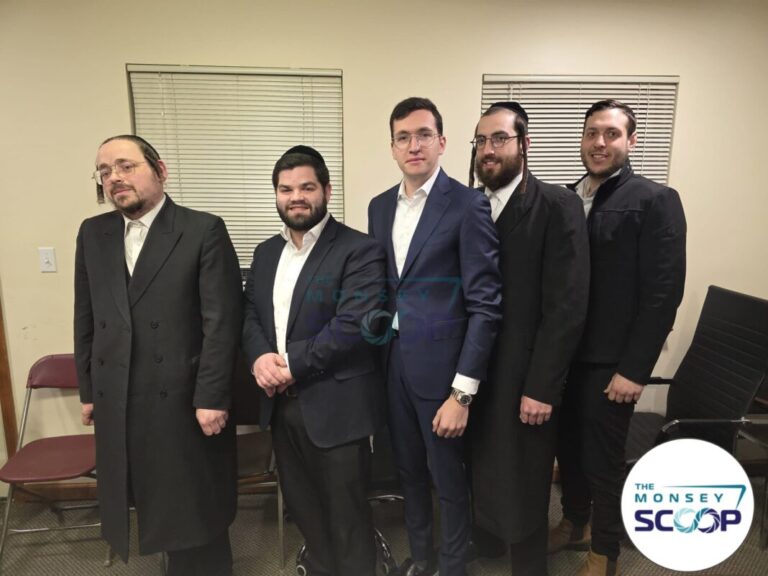
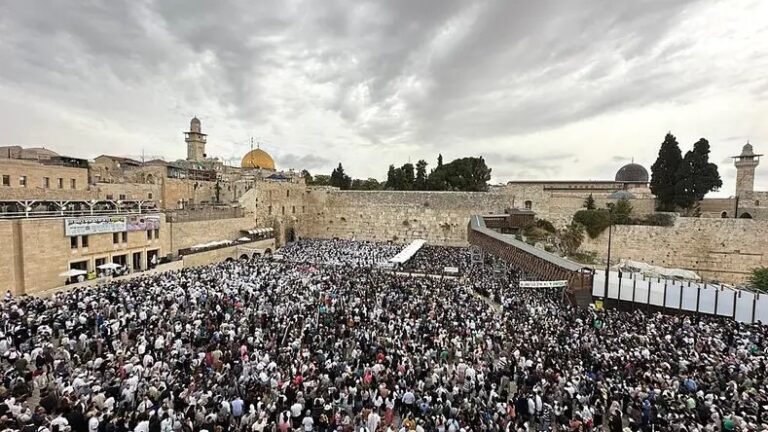



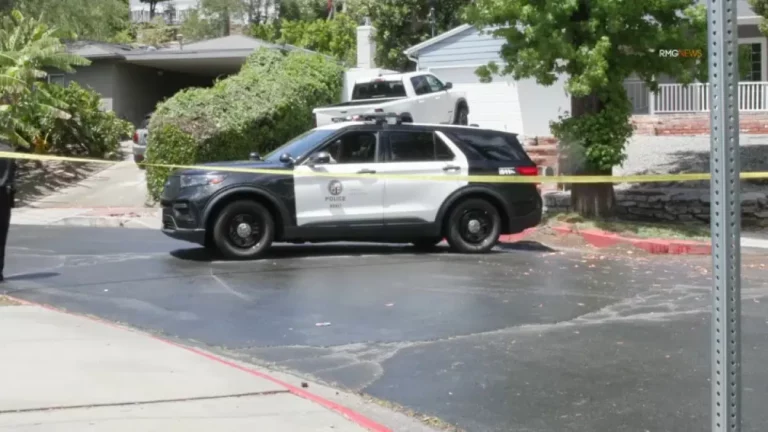
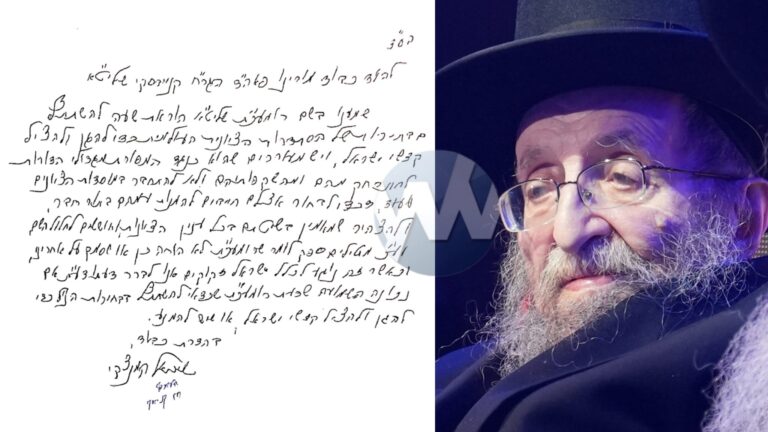



4 Responses
Working in a camp we needed to make a new entrance to the parking lot and needed to prune a fruit tree the redneck contractor gave a coin to my boss to buy the tree off him (him working for yidden he knew the halacha)
For clarity on the Rav Chaim Epstein story, the tree in the parking lot was a thoroughly rotten pear tree whose fruits were not generally fit for consumption.
The center of the tree was gone entirely, and the tree was supported by a helical portion of bark along with a bit of wood attached to the bark.
At one point the yeshiva’s administration tried to sell the tree to a goy, but Rav Chaim did not allow them to proceed.
Anybody else notice that the thumbnail picture was AI generated?
Three hands, two handles…
Super creepy illustration, guys.